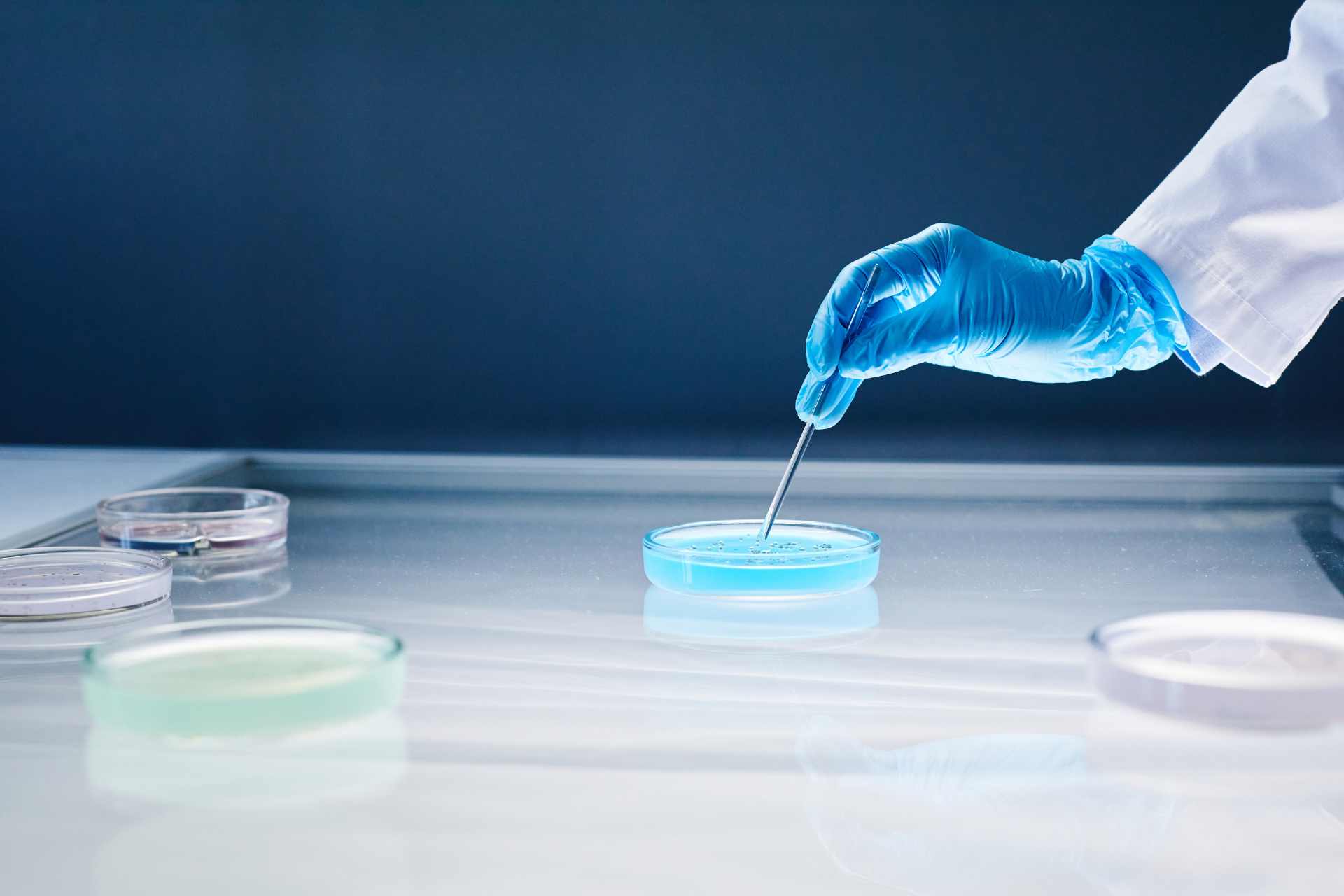In the past 20 years, microbiome science has made great progress, thanks to tools such as those used in the Human Microbiome Project, which uncovered a wide variety of microbes in different ecosystems. This opened up new possibilities for solving global health issues, including using probiotics to treat diseases. However, to fully understand microbiomes, scientists have to explore how microbes work at a molecular level, which traditional microbiology tools aren’t able to do.
Chemical biology offers useful methods to study microbial systems and gather molecular information about microbiomes. Writing in Cell Chemical Biology, Christopher Whidbey at Seattle University in Washington introduces chemical biology and microbiome science, showing how they complement each other and calling for increased collaboration between the two fields.
The study of microorganisms dates back to ancient times, with early observations of fermentation and disease. In the past, microbiologists struggled to culture microbes for study, but DNA sequencing revolutionized the field. Techniques such as metagenomics and metatranscriptomics have advanced our understanding of microbial communities.
However, microbiome science faces several challenges. For example, it relies on growing single-species cultures, which often don’t reflect how microbes interact in their natural environments. Many microbes are difficult to grow, and sequencing technologies can’t always capture the complexity of microbiomes. To address these gaps, scientists are turning to chemical biology, which provides innovative tools to study microbial systems in detail.
Chemical biology tools
By using chemical tools and analytical methods, chemical biology has become crucial for microbiome research as it helps study processes such as microbial metabolism and host-microbe interactions.
Techniques such as mass spectrometry allow researchers to identify important proteins and metabolites in microbial communities. Metabolomics, which measures metabolites, also helps understand how microbes interact with their environment, while metabologenomics links genes to metabolites.
Small-molecule tools help label and identify specific microbial processes and interactions, allowing researchers to study microbial functions without genetic manipulation.
Addressing global issues
Other techniques, including fluorescence-activated cell sorting, further improve the ability to analyze complex microbiomes. Despite challenges such as sample preparation and variability, these chemical biology methods are opening the doors for microbiome research in health, agriculture and environmental science.
The partnership between chemical biology and microbiome science could not only advance our understanding of microbial systems but also pave the way for approaches to improve human health and manage ecosystems, Whidbey says.
The collaboration with microbiome science may also advance the field of chemical biology, he adds. “The interaction of the two fields has been very constructive to date, and further collaboration will likely prove key to realizing the potential of this research to address global problems.”











